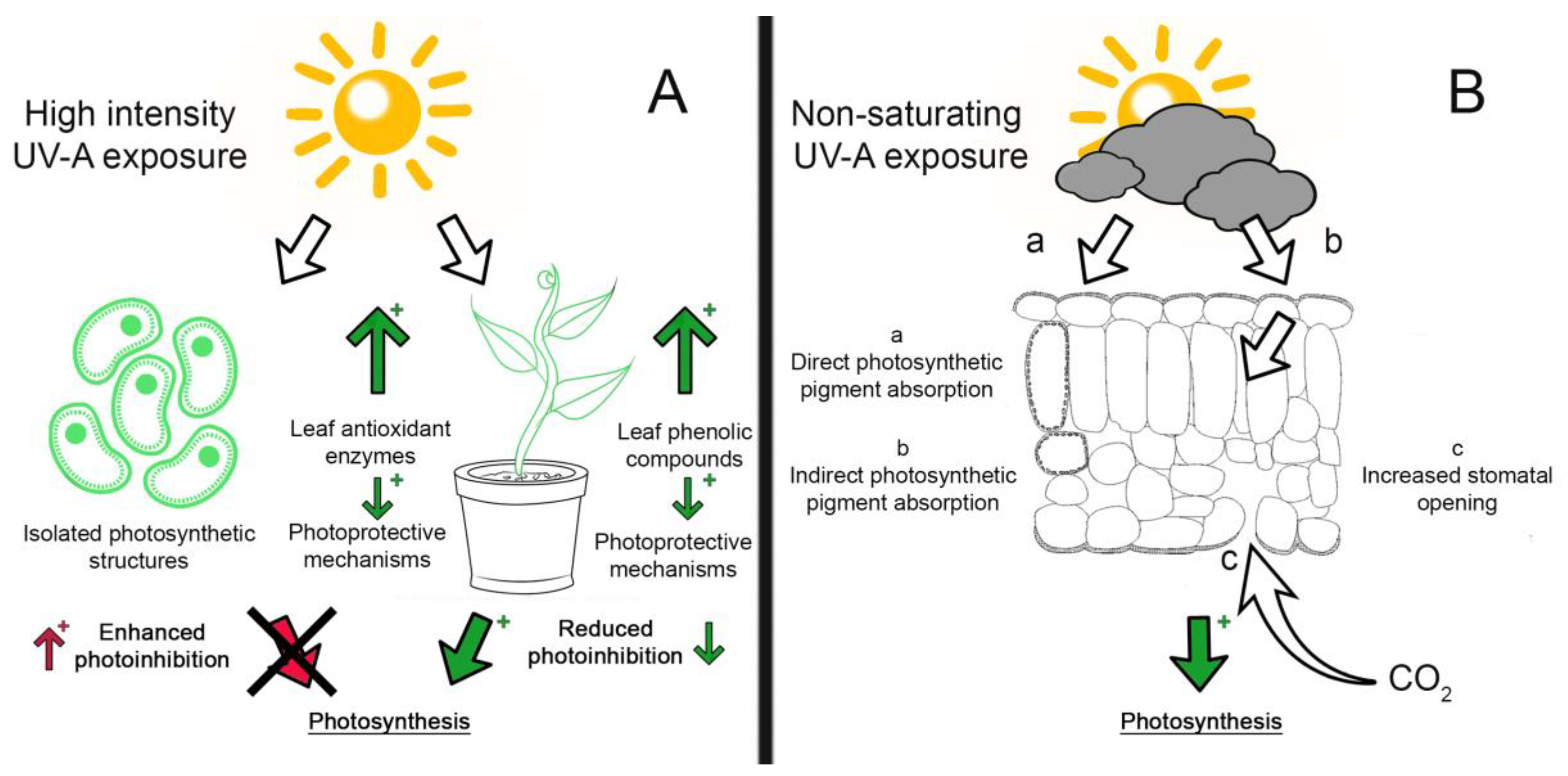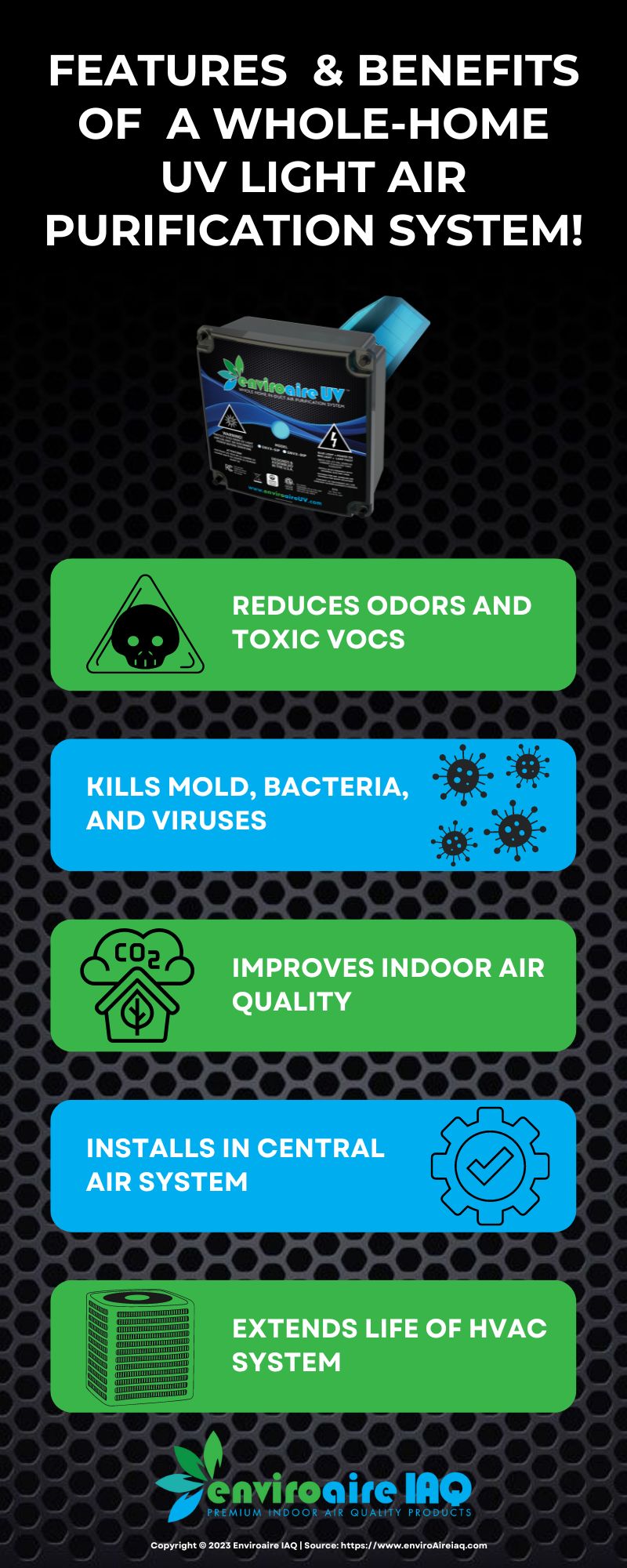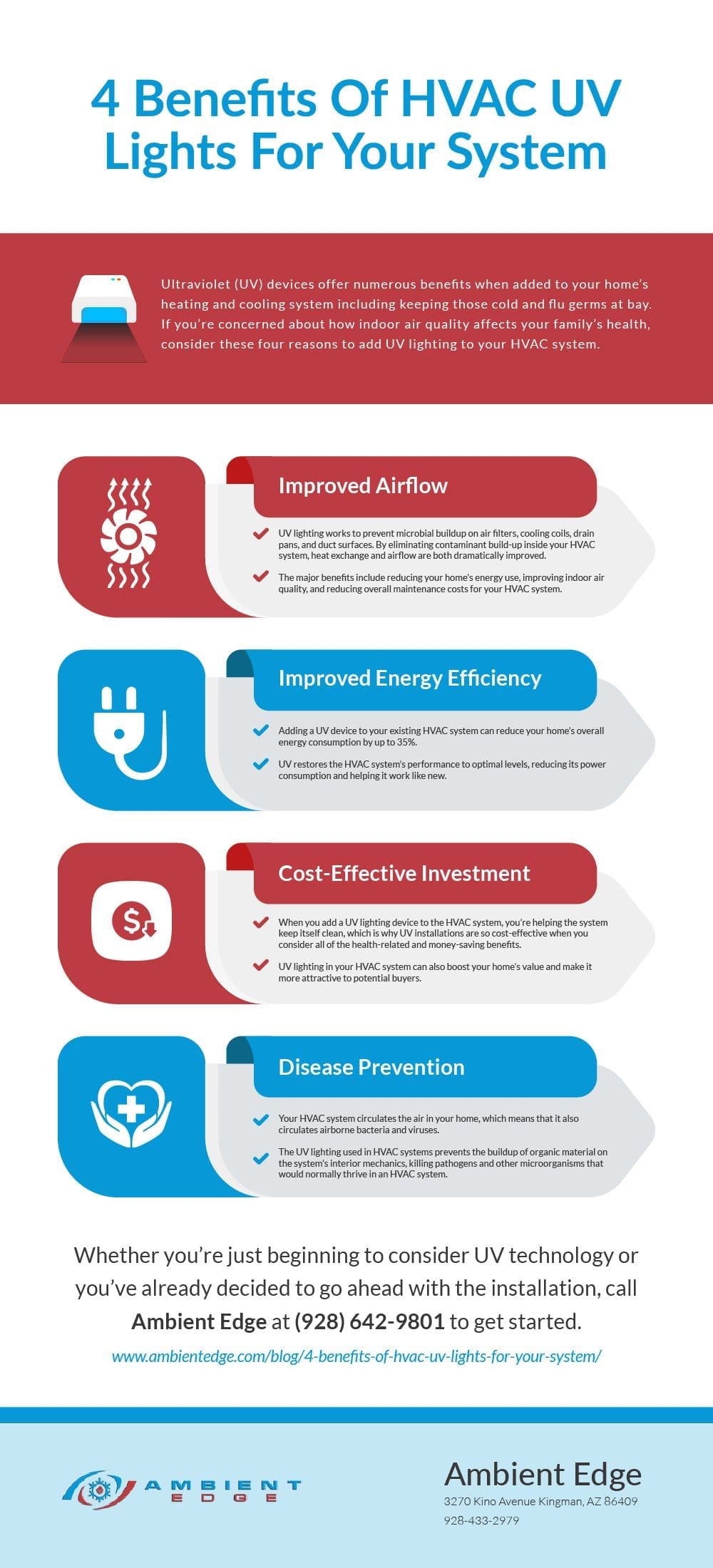Uvc Light Fundamentals Explained
Uvc Light Fundamentals Explained
Blog Article
The Best Strategy To Use For Uvc Light
Table of ContentsThe Only Guide to Uvc LightThe Of Uvc Light8 Simple Techniques For Uvc LightThe Greatest Guide To Uvc LightThe 7-Minute Rule for Uvc Light10 Simple Techniques For Uvc Light
A new sort of ultraviolet light that may be risk-free for individuals took much less than five mins to decrease the degree of indoor air-borne microbes by greater than 98%, a joint research by scientists at Columbia College Vagelos College of Physicians and Surgeons and in the U.K. has located. Even as microorganisms remained to be sprayed right into the room, the level continued to be very reduced as lengthy as the lights were on.However previously these researches had actually only been conducted in tiny experimental chambers, not in full-sized spaces imitating real-world conditions. In the present research, researchers at the University of St. Andrews, University of Dundee, University of Leeds, and Columbia College checked the efficacy of far-UVC light in a large room-sized chamber with the very same air flow price as a common office or home (concerning 3 air changes per hour).
The effectiveness of different techniques to decreasing indoor virus levels is typically determined in regards to comparable air adjustments per hour. In this research, far-UVC lights generated the matching of 184 equal air exchanges per hour. This goes beyond any various other method to decontaminating busy interior rooms, where 5 to 20 equal air adjustments per hour is the most effective that can be achieved practically.
Not known Facts About Uvc Light

The main parameters of UV-C disinfection are wavelength, dosage, loved one humidity, and temperature. There is no agreement about their optimal values, yet, in general, light at a high dosage and a spectrum of wavelengths including 260 nm is favored in an atmosphere at room temperature with low relative moisture. This light can be produced by mercury-vapour, light-emitting diode (LED), pulsed-xenon, or excimer lamps.
Likewise, there are health and wellness threats connected with the UV-C innovation when used in the proximity of individuals. UV-C sanitation systems have appealing attributes and the potential to boost in the future. Nonetheless, information surrounding the various specifications influencing the technologies' performance in hospital setting are needed. As a result UV-C disinfection need to currently be taken into consideration for low-level rather than top-level disinfection.
One more application emerged in 1910 when UV light was used to sanitize water. Nonetheless, the technology was not really dependable at the time and it took better technological advancements prior to UV water sanitation ended up being prominent once more in the 1950s [ 2] Nowadays, UV light is made use of for water, air, food, surface area, and medical devices sanitation.
Indicators on Uvc Light You Need To Know
DNA, RNA, or healthy proteins of a micro-organism take in UV light, with a peak absorbance around 260 nm [6] This leads to the interruption of DNA or RNA, resulting in the inactivation of the micro-organism. UV-C-induced DNA disruption often is composed of the bonding of 2 neighbouring thymine (or cytosine) bases rather than the standard connecting of a base with its complementary base upon the various other hair.

Dark repair, on the various other hand, requires multiple enzymes and nutrients for energy [6] It is very important to know whether last inactivation outcomes have actually taken into consideration the occurrence of resurgence given that it might lead to 60% of the accomplished inactivation being turned around [7] Additionally, mutations can emerge upon UV-C exposure because this exposure can lead to the source of intra-strand cyclobutyl-pyrimidine dimers in DNA [ 6] The UV-C area is utilized for sanitation but there is no agreement on the specific optimal wavelength. Microbial DNA and RNA have peak absorbances of light at 260265 nm and around 260 nm, specifically [6] As a result light at 260 nm can create the most disturbance. dig this Nonetheless, various micro-organisms are most at risk to slightly various wavelengths.
Some Known Details About Uvc Light
On the other hand, it has technical effects given that the overall power of the light beam of light is after that separated over all existing wavelengths. A micro-organism that is vulnerable to 254 nm light will be suspended more by a light that produces exclusively light at 254 nm than a lamp that discharges a wavelength spectrum at equal complete power.
Direct exposure times of 1045 minutes for room sanitation and 25 s to 5 min for clinical equipment were come across in literature. The intensity is vice versa symmetrical to the squared range between the source of light and the surface and is consequently specified at the surface area in the dose calculation equation [14]
Further, the output of a light reduces over time, so it is advised to determine the dose at the end of light life, which is representative of a worst-case situation. The dosage likewise influences the quantity of photoreactivation.
Zhang et al. observed an adjustment in UV irradiance of 34% when the RH enhanced from 50% to 90% [18] The quantity of RH impact on UV effectiveness depends upon the present micro-organism and is extra evident for germs than for viruses [16] The influence of temperature level depends on the light source.
Unknown Facts About Uvc Light


This is known as far UV-C modern technology and is view publisher site a relatively brand-new disinfection approach with restricted knowledge concerning its effectiveness.
In study, the results on pulsed versus continuous UV-C sanitation performance vary. When comparing pulsed and constant light it is very important to keep various other variables such as wavelength and dosage continuous. Nyangaresi et al. and Sholtes et al. both discovered that pulsed or constant light given off by LEDs brought about comparable log10 decreases [15,28]
Uvc Light Fundamentals Explained
In instance ozone is not required for disinfection, a customized light can be used. For mercury-vapour lamps, drugged quartz glass or specialized soft glass can remove short-wave UV-C light. For pulsed-xenon, doped quartz can be utilized also [30] UV-C has encouraging attributes for sanitation such as automated sanitation, being less time-consuming than commonly made use of guidebook or chemical disinfections, leaving no dangerous residuals, and being environmentally friendly (if no mercury-vapour lamps are utilized) [31,32]
Report this page